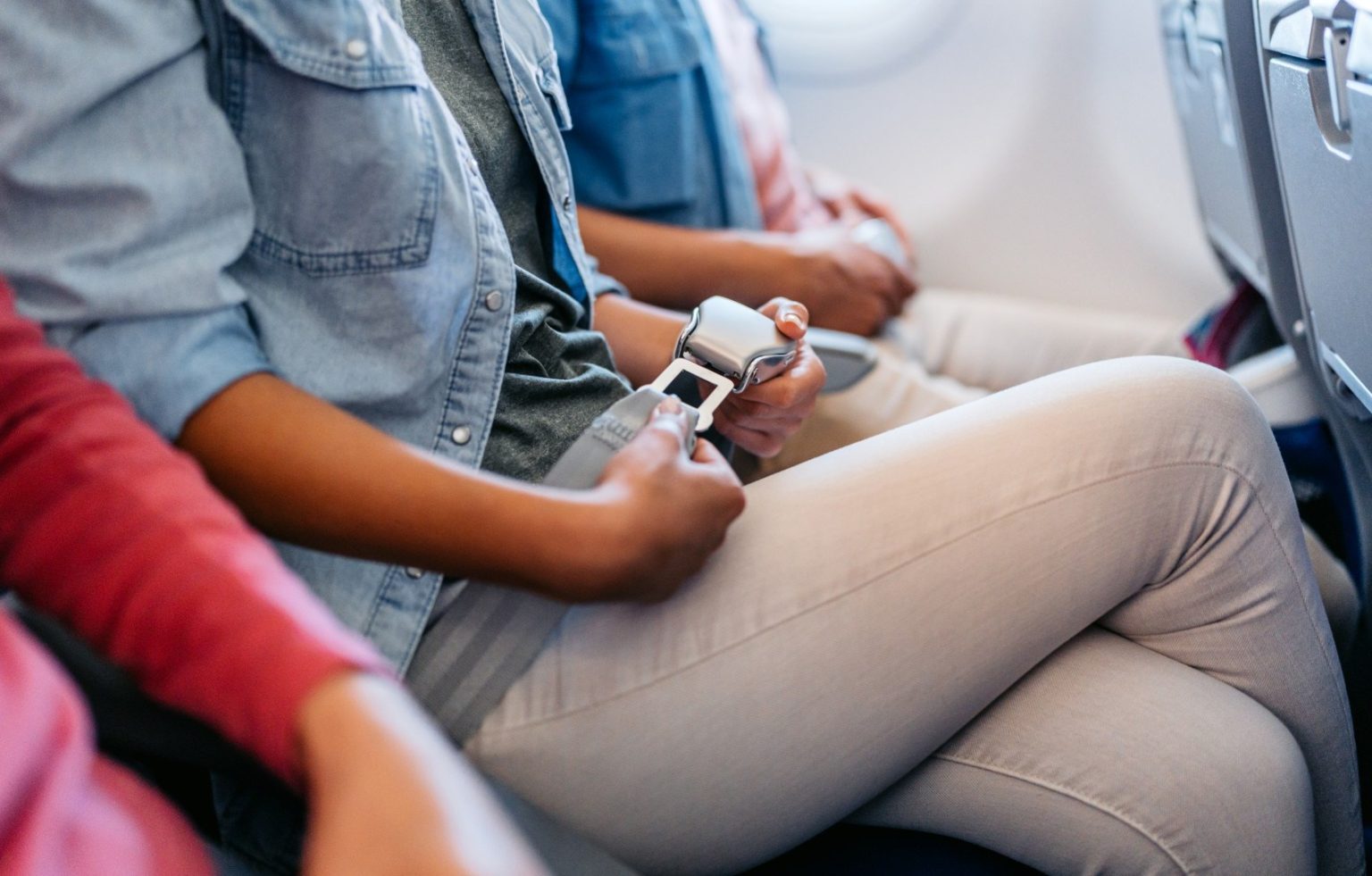The seemingly innocuous act of flight attendants resting their hands on their laps during takeoff and landing is not a gesture of comfort against the often-chilly cabin air, but a crucial safety precaution. This hand placement is part of a broader brace position adopted by crew members to prepare for potential turbulence or emergencies during these critical phases of flight. By maintaining this posture, flight attendants ensure they are poised to react swiftly and efficiently to any unexpected events, prioritizing the safety of all passengers on board. This preparedness minimizes unnecessary movement and allows them to focus on assisting passengers and executing emergency procedures if needed.
The specifics of the brace position, however, are not universally standardized. Variations exist depending on the airline’s regulations, the aircraft type, and the design of the jump seats where crew members are seated. While a common brace position involves sitting upright with the back firmly against the seat and feet flat on the floor, head positioning can differ. Some airlines instruct crew to adopt a chin-down position when facing the front of the aircraft and a chin-up position when facing the rear. This strategic head placement is designed to protect the head and neck from injury in the event of sudden deceleration or turbulence.
Importantly, passengers are not expected to mimic the crew’s hand placement. Instead, passenger safety during takeoff and landing revolves around ensuring their seatbelts are fastened low and tight across their hips and adhering to instructions given by the cabin crew. Remaining seated and calm is crucial, and for those prone to flight anxiety, noise-canceling headphones can provide a welcome respite from the stresses of air travel.
Beyond the brace position, other concerns related to air travel, such as motion sickness and flight anxiety, can be addressed with simple yet effective strategies. For motion sickness, a readily available remedy lies in the soothing properties of peppermint. Sucking on a peppermint candy or sipping peppermint tea can alleviate nausea by relaxing the stomach muscles and improving digestion. The calming and numbing effects of peppermint help to settle the stomach and reduce the discomfort associated with motion sickness. Having peppermint tea bags or candies on hand is a wise precaution for travelers susceptible to motion sickness.
Managing flight anxiety can also be aided by carefully selecting the type of music listened to during the flight. Research suggests that music with a slower tempo, characterized by fewer beats per minute (BPM), can induce a sense of calm and relaxation. Slow music has been shown to lower heart rate, respiratory rate, and blood pressure, while also reducing muscle tension. Conversely, fast-paced music with higher BPM can heighten alertness and energy levels, potentially exacerbating anxiety in already nervous flyers. Curating a playlist of calming, slower-tempo music can contribute to a more relaxed and enjoyable flight experience.
In conclusion, the seemingly simple act of flight attendants placing their hands on their laps during takeoff and landing is a vital safety measure, reflecting a proactive approach to passenger safety. While passengers are not required to adopt the same hand placement, they are encouraged to prioritize their safety by fastening their seatbelts correctly and following crew instructions. Furthermore, addressing common travel woes like motion sickness and flight anxiety with readily available remedies like peppermint and calming music can contribute significantly to a more comfortable and less stressful air travel experience.




